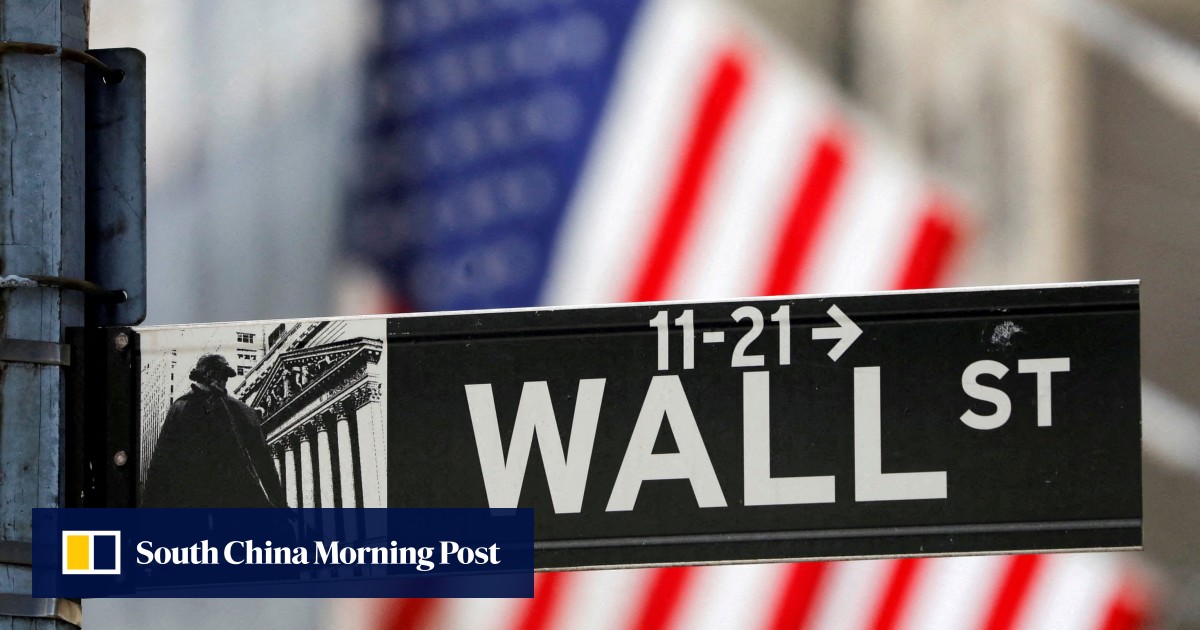US dollars exit China, ending 2-decade marriage that enabled rise of start-ups

🌈 Abstract
The article discusses the significant changes taking place in China's venture capital (VC) industry, as the long-standing relationship between US investors and Chinese startups is coming to an end. This shift is casting a shadow over China's technology landscape.
🙋 Q&A
[01] The Changing Landscape of China's VC Industry
1. What are the key changes happening in China's VC industry?
- The flow of US dollar funding from global investors, facilitated by Chinese dealmakers, which fueled the rise of China's most successful tech firms over the past decade, is drying up.
- Foreign capital in China's VC industry plunged 60% year-on-year to $3.7 billion in 2023, just 10% of the peak in 2021.
- The "cycle is broken" and the bifurcation of US funds and China tech startups is set to widen.
2. What factors are contributing to this change?
- American investors previously reaped big returns when Chinese startups pursued IPOs in the US, but the channels for cashing out have significantly narrowed in recent years, especially after Beijing's cybersecurity probe into Didi Chuxing's New York listing.
- International investors in China's successful unicorns, such as ByteDance and Shein, are still waiting to cash out as their IPO plans remain uncertain.
- Washington is increasing its scrutiny of US investments in certain Chinese sectors, including semiconductors, AI, and quantum computing.
3. How is the retreat of market-led capital and the expansion of state-backed funds impacting the VC industry?
- As private capital dried up, local governments and state-owned enterprises have become the major players, profoundly changing the business landscape.
- China has established 2,086 government guidance funds with a target size of 12.2 trillion yuan and committed capital of about 7.13 trillion yuan.
- The rise of state-backed funds, which are typically risk-averse and prioritize investments in their own jurisdictions, has stirred debate over the future of the Chinese VC industry.
[02] The Shift in China's VC Landscape
1. How does the current situation differ from the past?
- Two decades ago, global investors rushed into China in search of returns, with Silicon Valley Bank bringing a group of 25 US investors to China in 2004.
- Sequoia and many other venture firms set up shop in China, supporting the rise of Chinese internet giants and reaping handsome returns for their limited partners back home.
2. What challenges are VC firms facing in adapting to the new landscape?
- The retreat of market-led capital and the expansion of state-backed funds have profoundly changed the business landscape.
- Many VC firms are making efforts to adapt to the style of state-owned investors, but the transformation is not easy.
Shared by Daniel Chen ·
© 2024 NewMotor Inc.